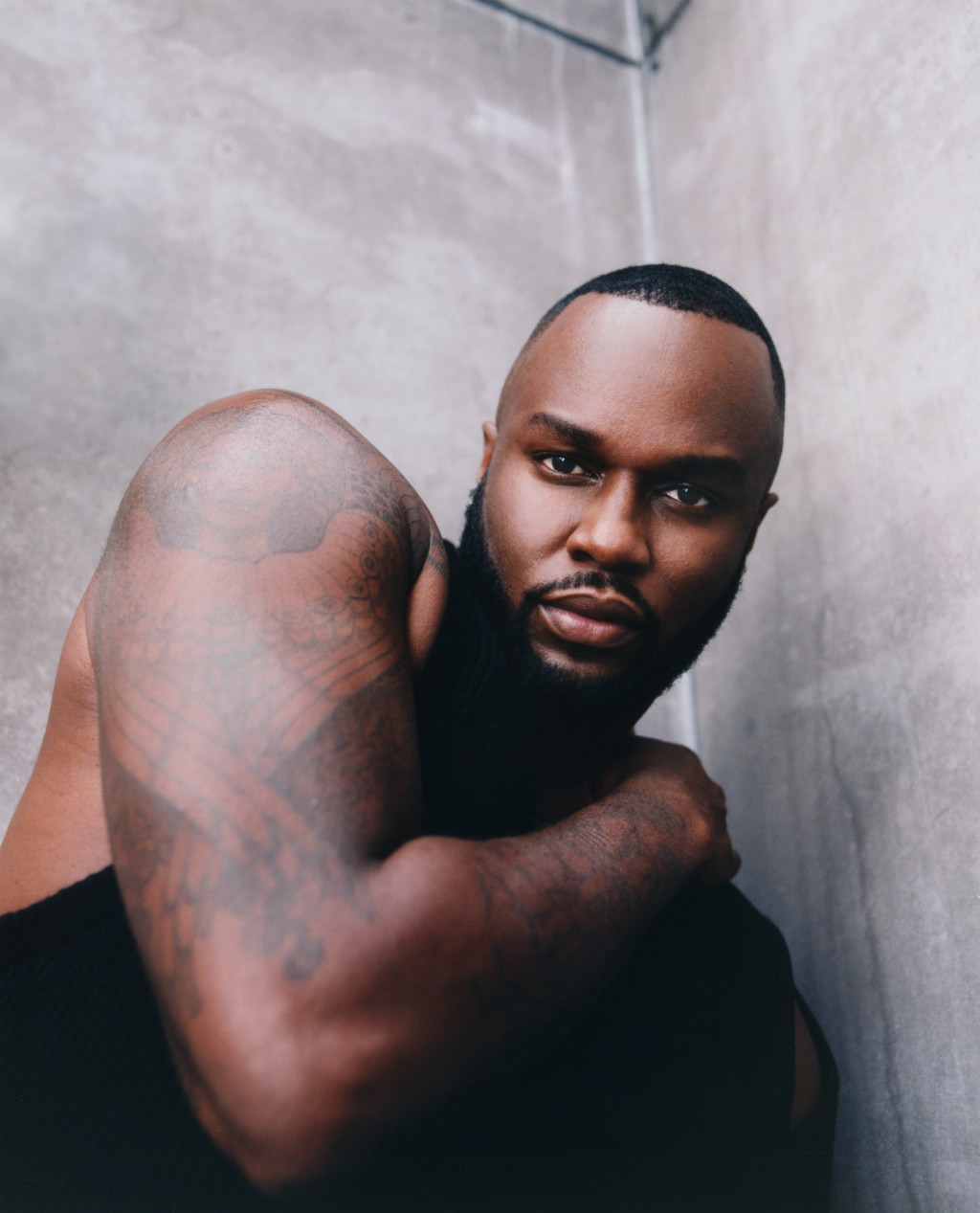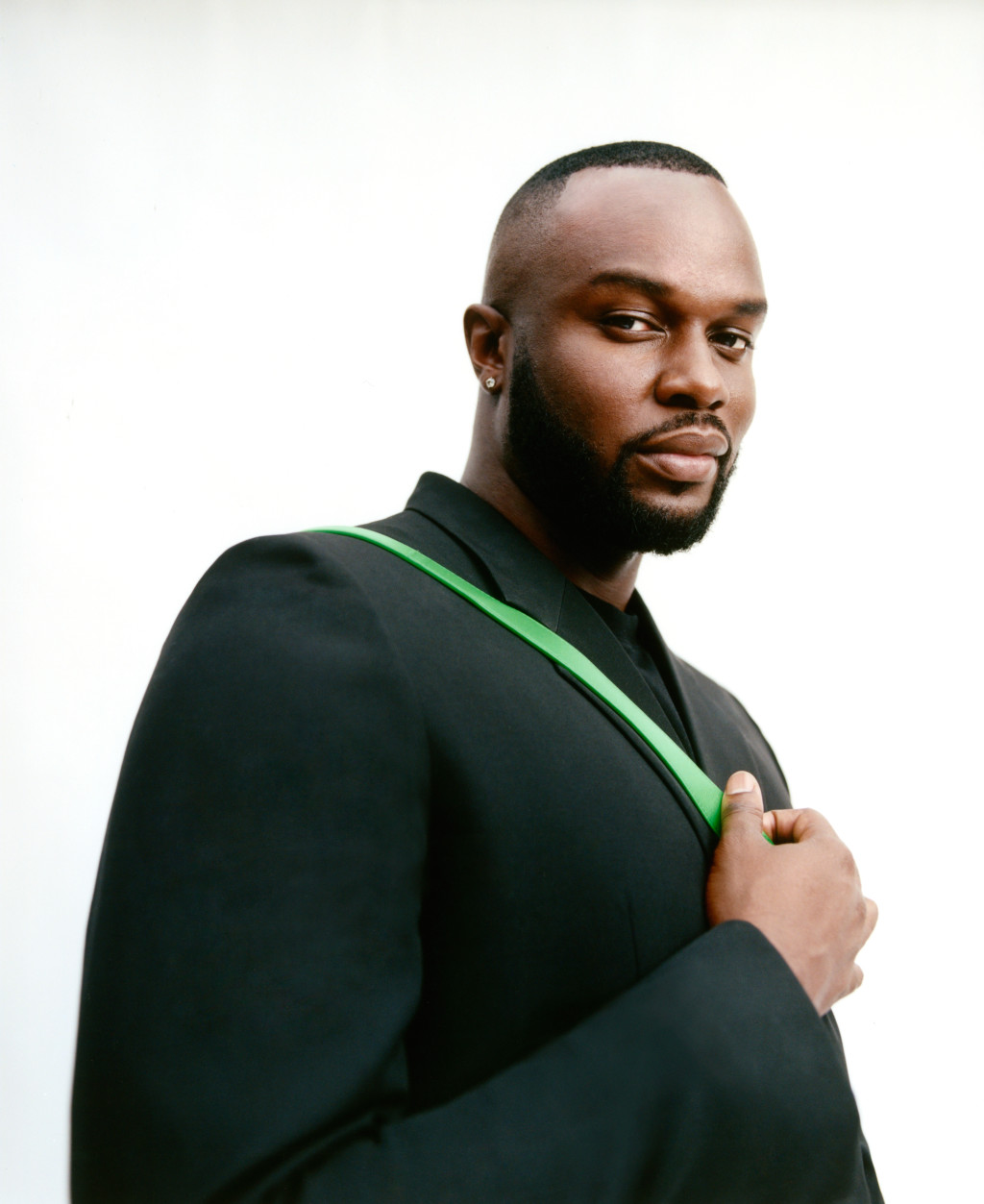HAIR AND HIGHER POWER WITH JAWARA WAUCHOPE
The Visionary Stylist Talks Beauty Beyond the Reference Board

HAIR AND HIGHER POWER WITH JAWARA WAUCHOPE
The Visionary Stylist Talks Beauty Beyond the Reference Board

Using adjectives and nouns to relay the movement, defiance of gravity, and overall irreverence of what Jawara Wauchope can do with hair would never capture the suspension of disbelief that’s required to understand it. His creations are the kind of thing you have to see—but absolutely never, ever touch—to believe.
Wauchope’s work is rooted and informed by all that came before: The rudeboy aesthetics of the late ‘80s dancehall. Brazil’s Christ the Redeemer sneakily etched into the back of a fade. The spindly wrapping of West African Irun Kiko. Crimped waterfall tendrils of Bronner Bros. hair shows in Atlanta. The bulbous forms of postmodern design as a ponytail. Braids as an architectural practice. Hair that is rarely, if ever, concerned with laying flat.
That creativity comes to life in editorials, art exhibitions, brand campaigns, runway shows, and an enviable roster of celebrity clientele: SOLANGE! NAOMI! BEYONCÉ! He is the senior beauty editor-at-large of i-D Magazine, a position previously held by British makeup mogul Pat McGrath..
Wauchope learned the alchemy of hair from his aunt, who owned a salon in Jamaica. She created custom hairstyles for the dancehall queens seeking the crowning touch to their scandalous, neck-breaking looks. After spending his time between Jamaica and the diaspora communities of Brooklyn, Wauchope wanted to move beyond the local salon circuit. He enrolled at the Fashion Institute of Technology, and graduated with a degree in fashion marketing.
Though he opted to leave the world of marketing behind, the deep knowledge of fashion history continues to serve his hair practice. He further developed his editorial approach to hair by studying under the tutelage of legendary hairstylists like Sam McKnight and Guido Palau. But he’s realized the creative tools that he honed in the salons of Brooklyn and Jamaica are what ultimately prepared him for the fashion industry. “The skillset was so intricate in Black hair that, when you can adapt it into editorial hair, it automatically feels like you're a superior stylist because you come from such an intricate world,” he says. Here, between balancing his in-demand schedule and personal passion projects, Wauchope reflects on the people and places that keep him inspired.

Jawara wears Bottega Veneta blazer and Bottega Veneta bag. Top Image: Jawara wears Rick Owens sweater.
When did your career shift from being a salon on the go to an artistic visionary?
When I started traveling to Europe, I'd be the only person that looked like me on these teams. I probably was one of two or three people of color backstage at that point. Outside of trying to do hair, I realized there was a message that was missing—a certain cultural influence that was beautiful and artistic, and needed to be authentically placed in this world. That's when I decided that I'm going to stick with this, and make sure that when I am my own artist, I continuously show what I believe is beautiful. More specifically, growing up in Jamaica and New York City around Black people and our culture, I wanted to see that in the world of fashion.
How does your creative process morph and adapt across runways, campaigns, and editorials?
I'm a reference junkie, in the sense that I will just hoard references, scan pictures and books, and have files and files of stuff in my computer. Also, I like to people-watch. I go to Jamaica two or three times a year, sometimes just to watch personal style.
Did attending the Fashion Institute of Technology change your approach to hair styling?
It's one thing to read magazines, but when you go to fashion school and you have to learn about the history from the beginning of time, you understand why certain silhouettes come back. I'm able to market myself now because of the marketing classes. Also, I went to school with a lot of amazing people: Shayne [Oliver] of Hood By Air, Jerome Lamaar, Angela Simmons, and Jeffrey Williams. The comradery of being young and into fashion, and really taking it seriously, creating that community as well, that was very beneficial to me.